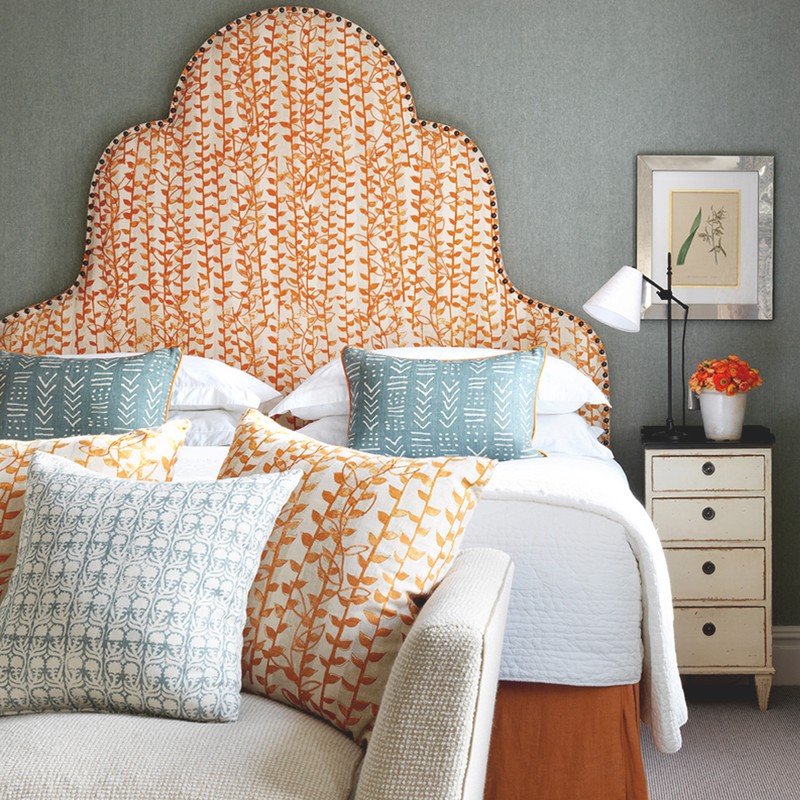What You Need To Know About Upholstery
Seek Out Old Furniture
“Upholstering an item of furniture is a great opportunity to do something exciting,” says Elizabeth Downing, co-founder of Blithfield. “Even if you have bought a generic sofa from a retailer, you can make the room interesting by adding pattern and colour through accent chairs and benches.”
Antiques markets such as Kempton are great places to source old furniture for upcycling. Often the furniture is of better quality and design than newer items. Victorian or Edwardian pieces, in particular, can offer true value for money. “As well as giving old furniture a new lease of life, you can actually make a traditional design look more contemporary. For example, you can remove buttons and pad it out, change the nail trim or use a flat tape finish,” suggests Elizabeth.
Be Realistic
Assess how much work the items needs and if it is able to be upholstered. Sometimes an item might have woodworm or damage that means it can’t be recovered. “If you are re-upholstering a sofa or chair, you should definitely consider whether the cushions need re-filling or the piece needs any remedial work doing to it,” advises Katie Glaister, co-founder of K&H Design. “Re-upholstering can be a costly process but, if it is a piece that will get heavy usage, it is worth investing in at the beginning.”
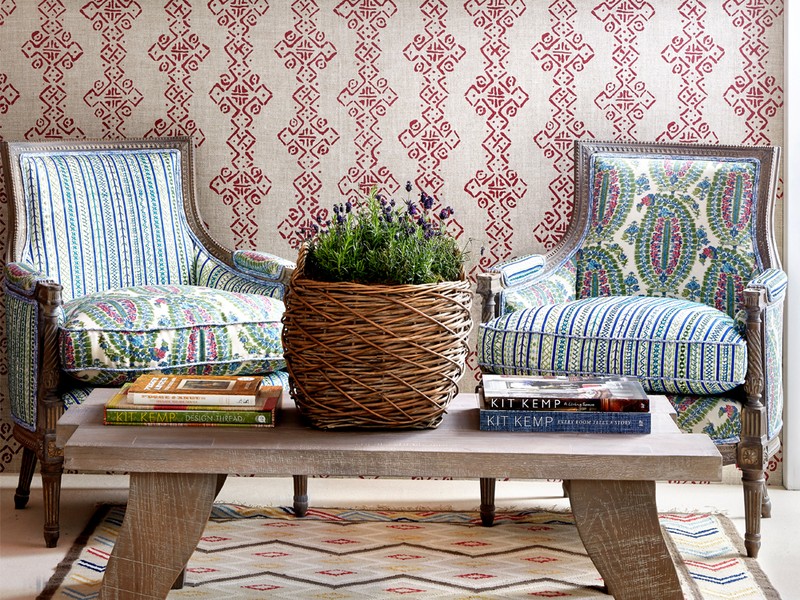

Choose Fabric According To Usage
Consider what else is in the room and how the furniture will be used. “It depends on the look you are after,” says Katie. “A slubby linen will give a more relaxed, rustic look, whereas a velvet or wool will be a lot smarter and slightly more formal. Practicality is always a key consideration: for example, if a piece of furniture is going to be used by young children. then you would probably want to use a fabric that is robust, has a high rub test and is perhaps a darker shade, which is much more forgiving when it comes to marks and stains!”
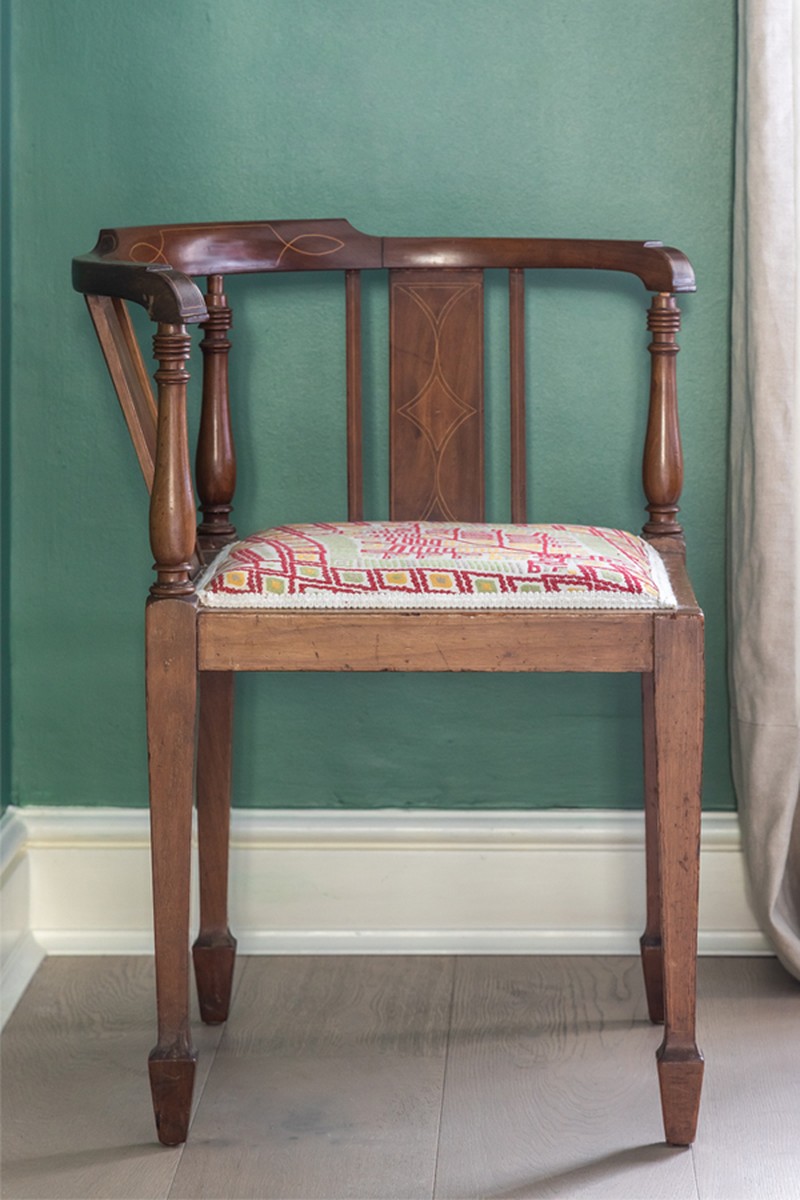
Venture Out Of Your Comfort Zone
Printed fabrics present a wonderful opportunity to breathe new life in to a room. “You can get reversible fabrics where you use one side on the front and the other on the back – that can look great,” says Elizabeth. “Or you use the reverse side for piping.”
“Small patterns are great if you want to add a bit of interest, but nothing too over the top,” explains K&H Design’s Henry Miller-Robinson. “However, if you go for something large scale and graphic, this often makes the piece of furniture a real focal point of the room, which is great if that is the intention! Tone-on-tone pattern is a very good way to subtly introduce pattern into a scheme, particularly if you are a bit apprehensive when it comes to pattern.”
Pay Attention To The Details
It’s the fine tuning that adds the finishing touch to a piece – be that through piping, trims or even fringing. “A contrast pipe or trim can add a really fun and jazzy element to a piece of furniture, which is often not expected,” says Katie. “Often we use the same upholstery fabric and have it made into piping. This is very simple for any upholsterer to do: you fold the fabric diagonally and sew along the edge. Making your own piping means you can make sure it matches the other fabric exactly to give a subtle and sophisticated look. Our favourite combination is to use a leather piping which is tonal to the upholstery fabric, as it is the detail in the mixture of materials that really makes a piece stand out.”
Get The Most Out Of Your Budget
A headboard is a great entry-level option into upholstery if you don’t want to make an expensive mistake. Against plain walls or bedlinen, it’s a design statement guaranteed to elevate any bedroom and can be finished with studs or piping – plus you can just upholster one side which helps when costing up the project. When it comes to furniture, for a small chair you will need 3m to 6m of fabric. For a club chair, you’ll need about 9m. If budget is a concern, use a more expensive fabric on one side – the side that will be seen more – or take Elizabeth’s advice and check out the January sales. “Because of the amount you need, it’s definitely worth hunting end of rolls and sample sales,” she says.

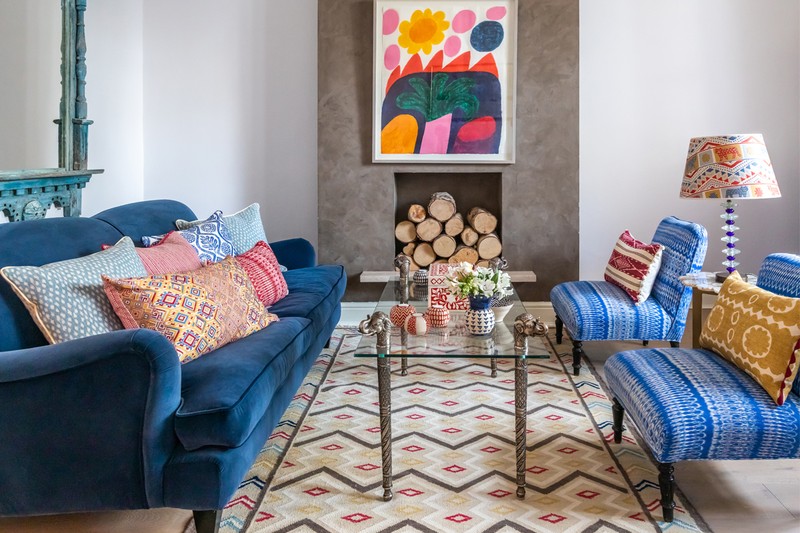
Where To Go
Finding a reputable upholsterer can be tricky. “Ask your friends, ask interior designers, ask fabric suppliers and people in the trade,” suggests Elizabeth. Look for someone with a City & Guilds qualification for the London College of Furniture or the AMUSF upholstery diploma offered at the Cass at London Metropolitan, or fast-track diplomas from the Traditional Upholstery Workshop or Traditional Upholstery School. Experience counts for a lot, so also check how long they’ve been working.
- TheLondonChairCollective.com is a network of independent upholsterers.
- Recoire.com has 25 years of experience upcycling old furniture and re-creating old designs.
- RevivalUpholstery.co.uk has clients including Samantha Cameron and Elton John.
- 7Upholstery.co.uk is used by Soho House and featured in Vogue’s secret address book.
- AndreUpholstery.co.uk is a favourite of SL editor Georgie.
- Or you can learn yourself at TraditionalUpholsterySchool.co.uk or UpholsteryCourses.com
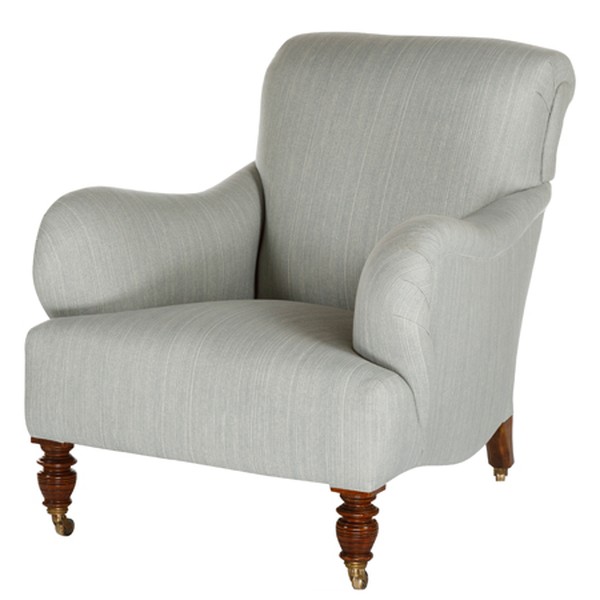
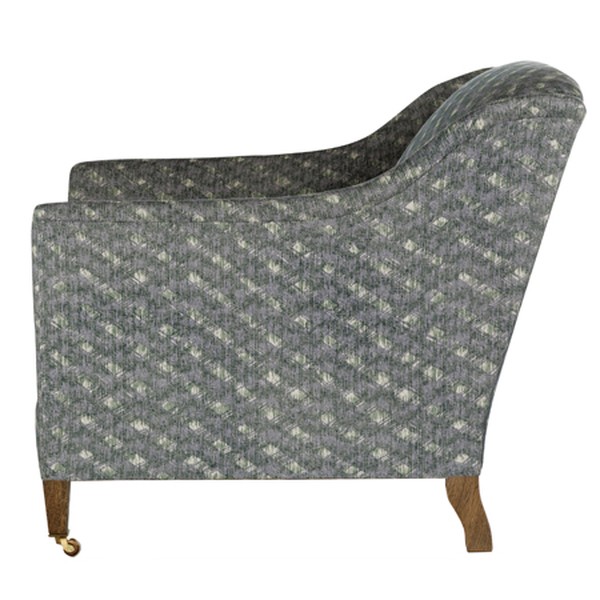
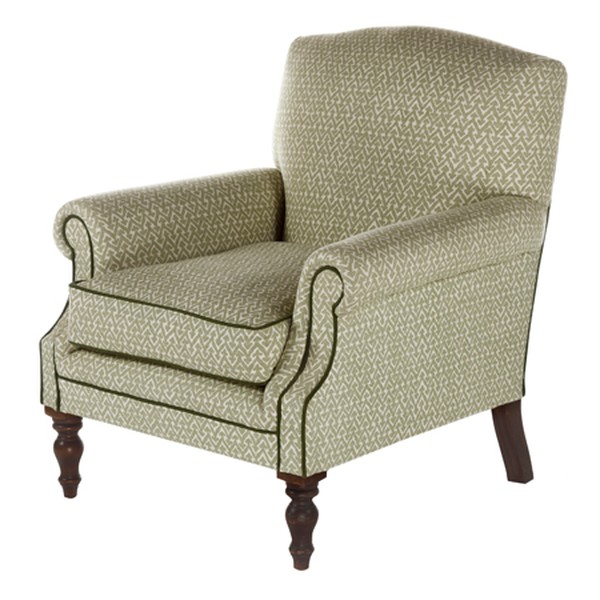
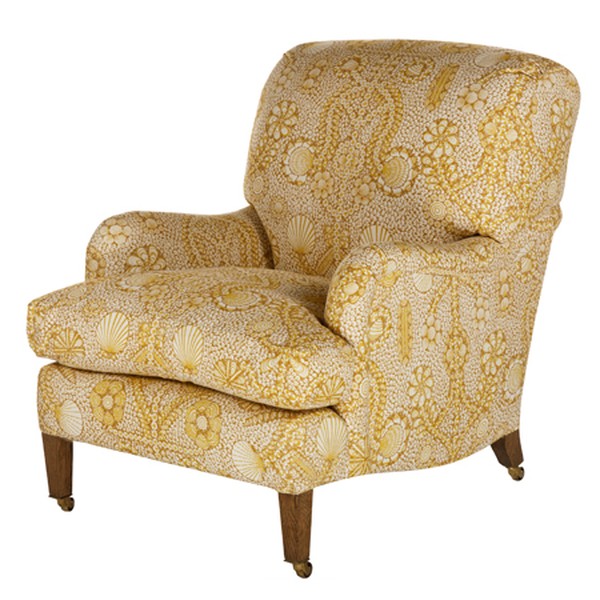
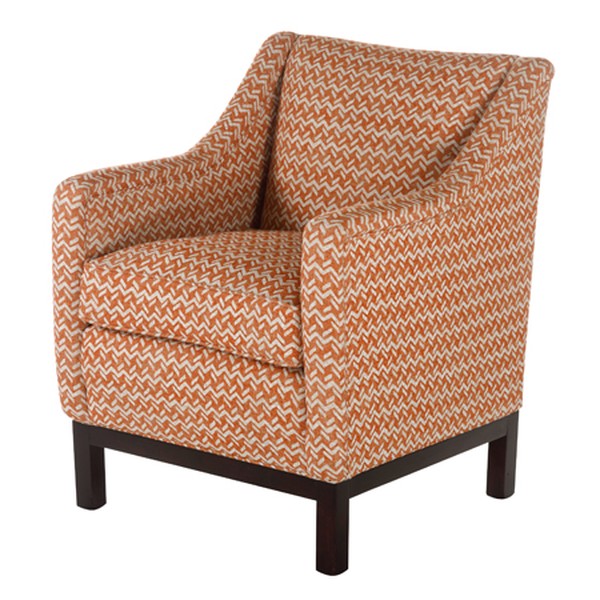
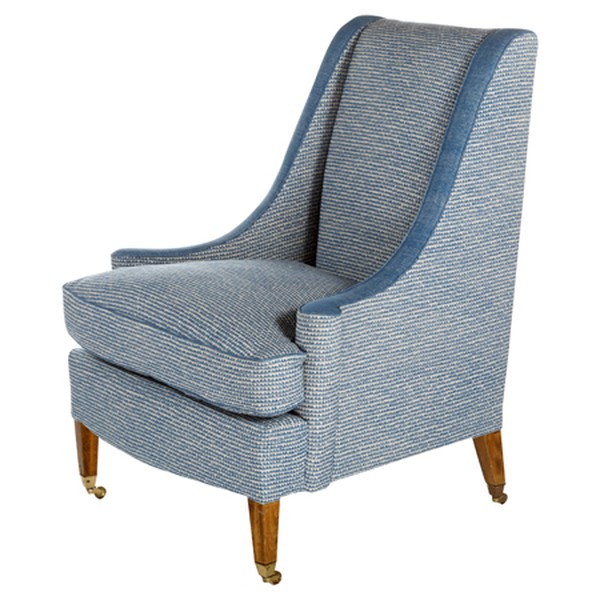
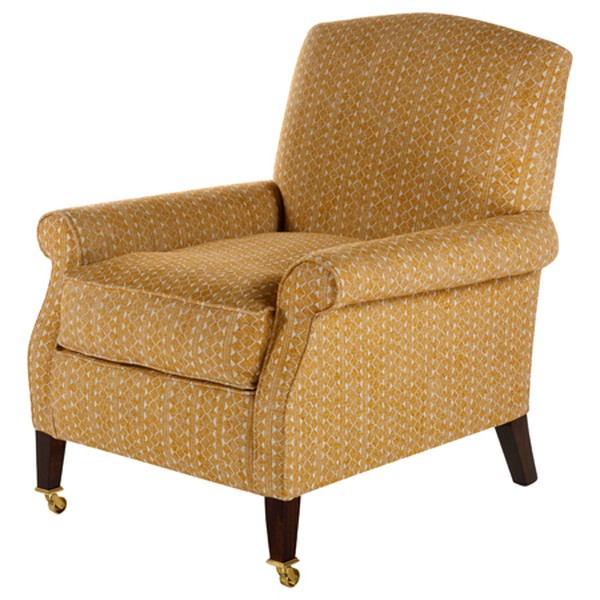
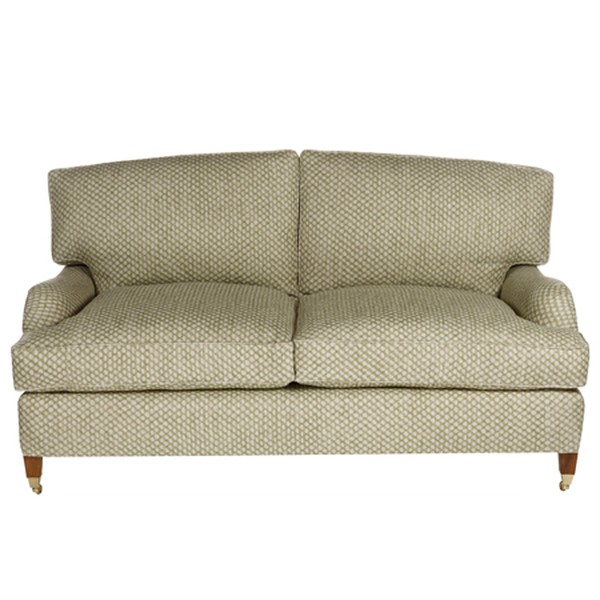
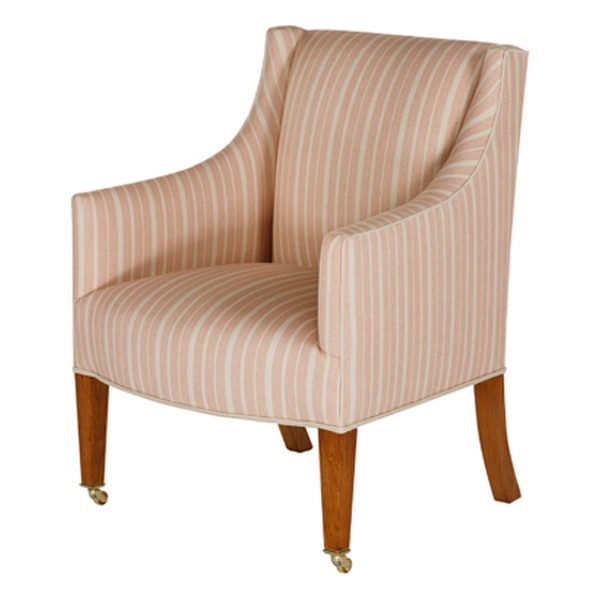
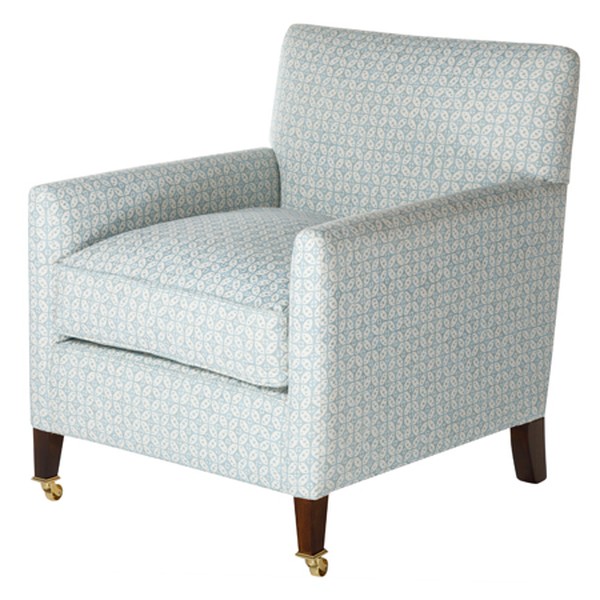
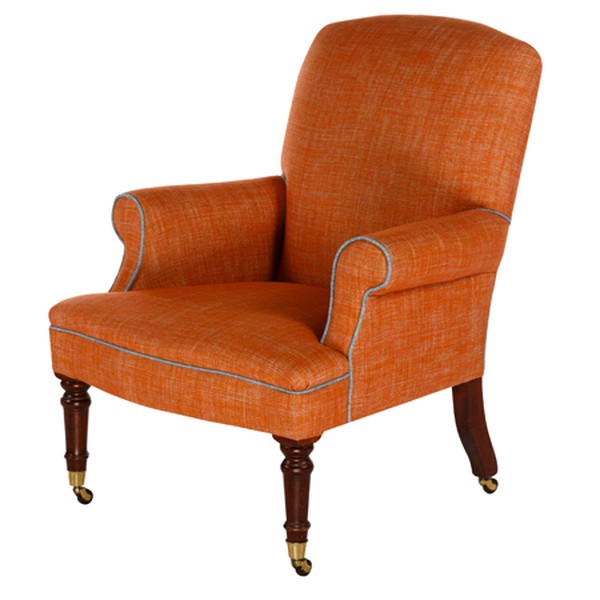
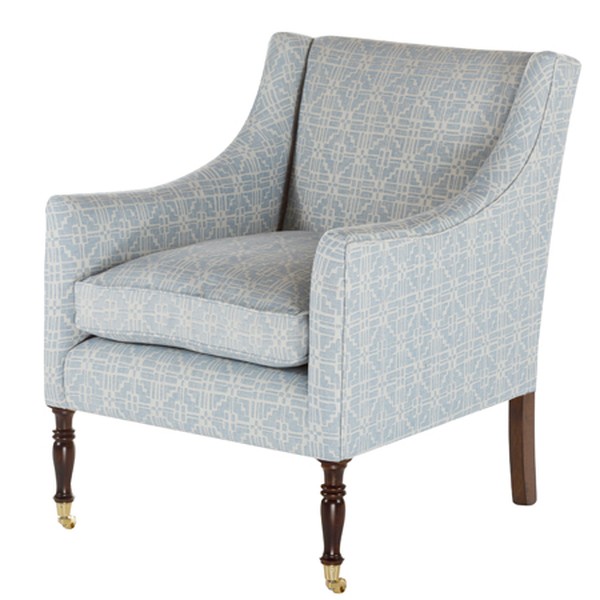
DISCLAIMER: We endeavour to always credit the correct original source of every image we use. If you think a credit may be incorrect, please contact us at info@sheerluxe.com.
